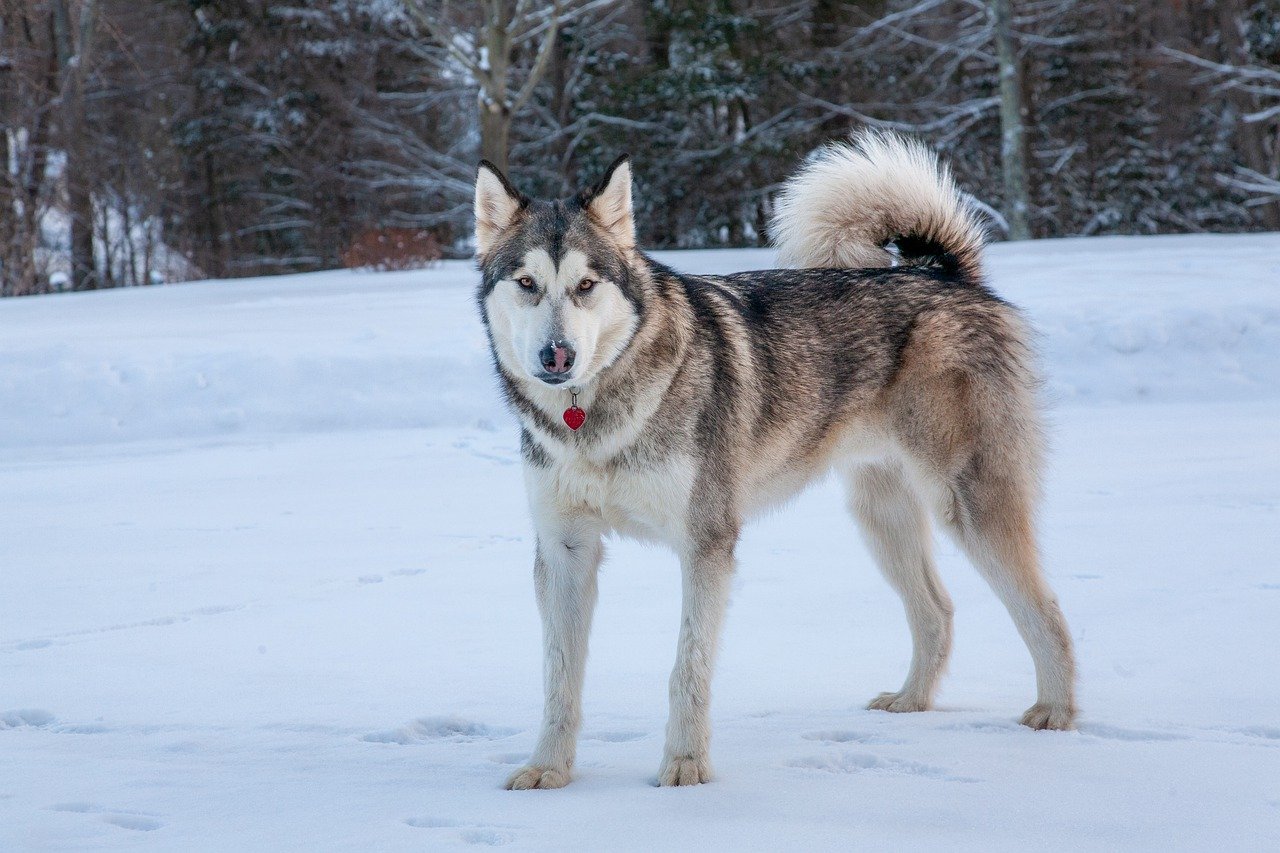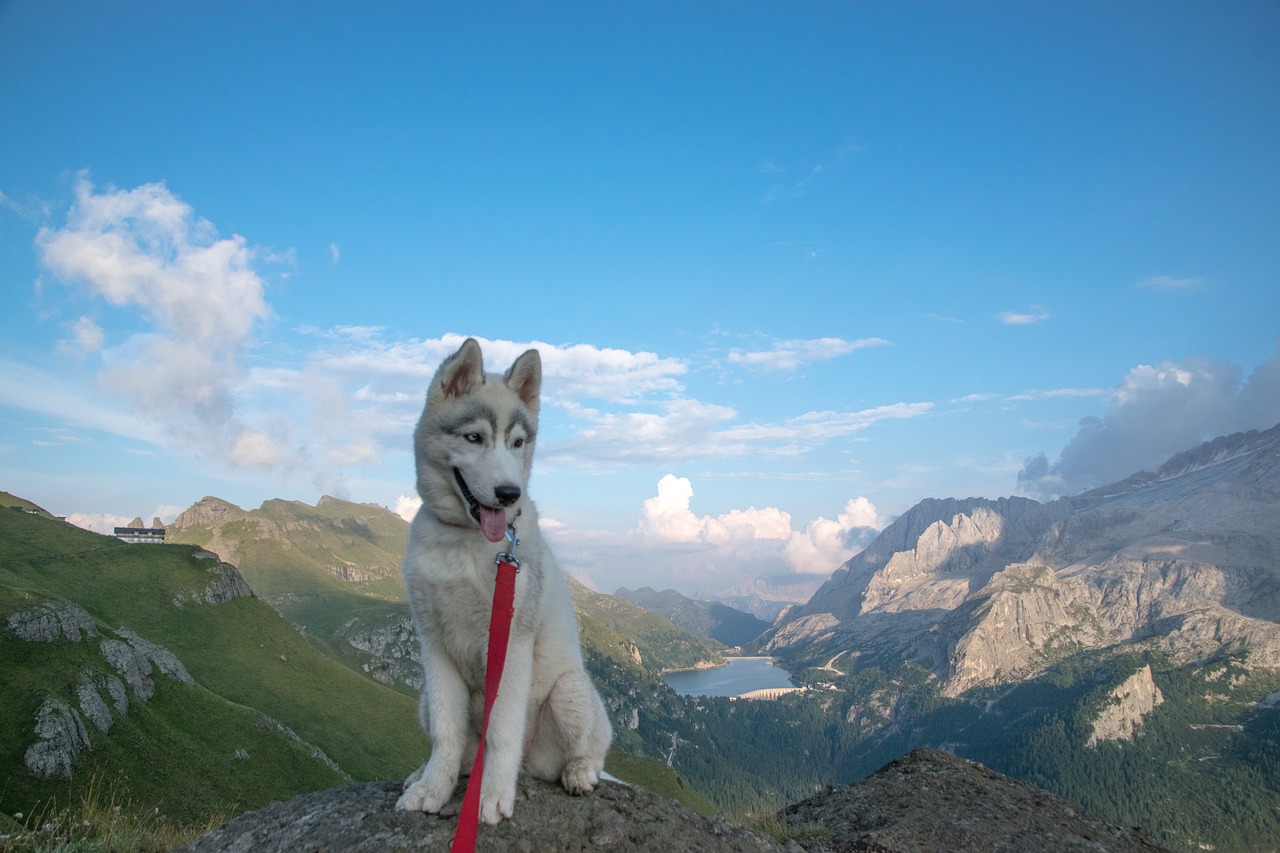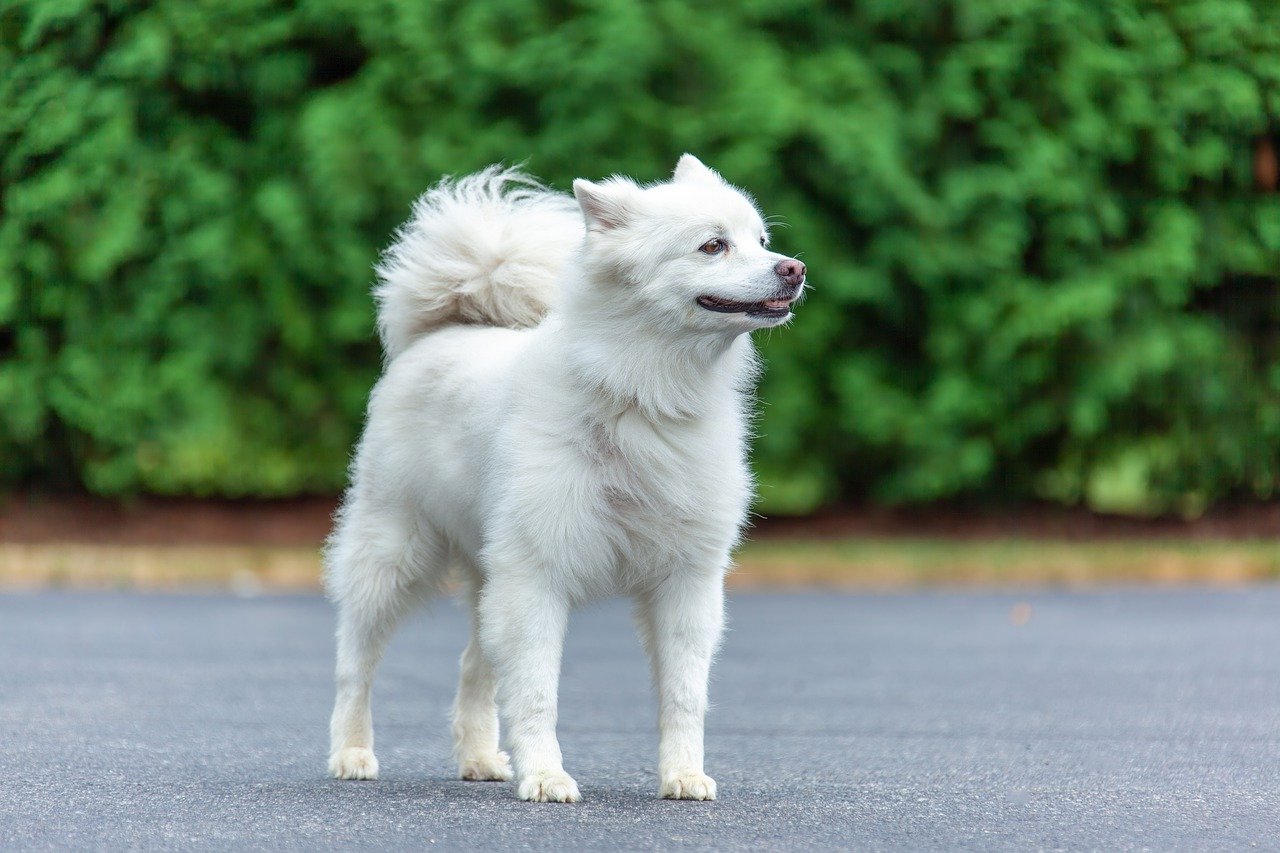Alaska’s rugged and breathtaking landscape is home to some of the most resilient and captivating dog breeds in the world. These Alaskan dog breeds have been shaped by the harsh, unforgiving climate and the unique needs of their human companions, whether for sledding, hunting, or companionship. The bond between Alaskans and their dogs is forged through mutual respect and reliance, a testament to the critical roles these animals play in the survival and daily life in the far north. Each breed embodies distinct characteristics honed by centuries of selective breeding and natural selection, making them not just pets but vital partners in the Alaskan way of life. From the iconic sled dogs with unparalleled endurance to the formidable guardians of property and livestock, these breeds are as diverse as the Alaskan landscape itself. This article will explore seven Alaskan dog breeds, highlighting their origins, unique traits, and why they are perfectly suited to the Alaskan wilderness.
1. Alaskan Malamute
The Alaskan Malamute is one of the most recognizable Alaskan dog breeds, known for its strength, endurance, and ability to carry heavy loads over long distances. Originating from the Arctic region and bred by the Mahlemut Inuit tribe, this breed was crucial for survival, used for hunting seals and polar bears, and pulling sleds. Malamutes are characterized by their thick, waterproof coat, friendly disposition, and independent nature. Their loyalty and affection make them excellent family pets, although their strong will requires consistent training.

2. Siberian Husky
Although not originally from Alaska, the Siberian Husky became a staple in Alaskan sled dog racing and transportation due to its incredible endurance and speed. Introduced to Alaska during the Nome Gold Rush, Huskies were instrumental in the 1925 serum run to Nome, which is a testament to their stamina and determination. With their striking appearance, marked by a dense double coat, distinctive markings, and blue or multi-colored eyes, Siberian Huskies are known for their friendly and gentle nature, making them popular pets beyond the Alaskan borders.

3. Greenland Dog
The Greenland Dog is an ancient breed that, like the Alaskan Malamute and Siberian Husky, has been used for centuries by the Inuit people for hunting and sled pulling. This breed is highly valued in Alaska for its strength, endurance, and ability to work in the most extreme conditions. Greenland Dogs are known for their powerful build, thick coats, and strong will. They require a lot of exercise and space to roam, making them more suited to life in rural or wilderness areas. Their loyalty and protective instincts make them excellent companions for those living in the challenging Alaskan environment.

4. American Eskimo Dog
Despite its name, the American Eskimo Dog is part of the Spitz family and has a strong historical connection to Alaska, where it was used as a circus performer in the early 20th century due to its intelligence and striking appearance. These dogs are known for their beautiful white or cream coats, keen intelligence, and friendly disposition. They make excellent watchdogs and are eager to please, making them highly trainable. Their social nature means they thrive on human companionship.

5. Samoyed
Originally bred for herding reindeer and pulling sleds, the Samoyed, with its smiling face and fluffy white coat, has found a place in Alaskan homes as a beloved family pet. Though not exclusively Alaskan, their endurance in cold climates and friendly, gentle temperament make them well-suited to the Alaskan lifestyle. Samoyeds are known for their strong bond with humans, making them excellent companions for both adults and children. Their thick, double-layer coat provides insulation against the cold, making them capable of handling Alaskan winters.

6. Alaskan Husky
The Alaskan Husky is not a breed in the traditional sense but rather a type or a category of dog specifically bred for their sledding capability. They are the result of crossbreeding Siberian Huskies with other breeds to enhance their speed, endurance, and tolerance to cold temperatures. Alaskan Huskies are the sled dog of choice for long-distance mushing and competitive sled dog racing. While they vary in appearance, their ability to work in harsh conditions and their friendly, team-oriented disposition make them invaluable to their human teams.

7. Chinook
The Chinook is a rare breed developed in New Hampshire, but it has made significant contributions to Alaskan sled dog teams due to its strength, endurance, and good nature. Originating from a mixture of Mastiff, Husky, and Greenland Dogs, the Chinook was designed to be an all-purpose sled dog. They are known for their calm and friendly demeanor, making them excellent family pets, as well as their willingness to work and ability to perform in cold climates, traits that have earned them a place in Alaskan dog sledding history.

These seven breeds represent the heart and soul of the Alaskan canine world, each contributing uniquely to the rich tapestry of life in the North. From the iconic sled dogs to the devoted companions, these breeds embody the spirit of resilience, loyalty, and beauty in one of the world’s most challenging environments.
 Toledo, United States.
Toledo, United States.